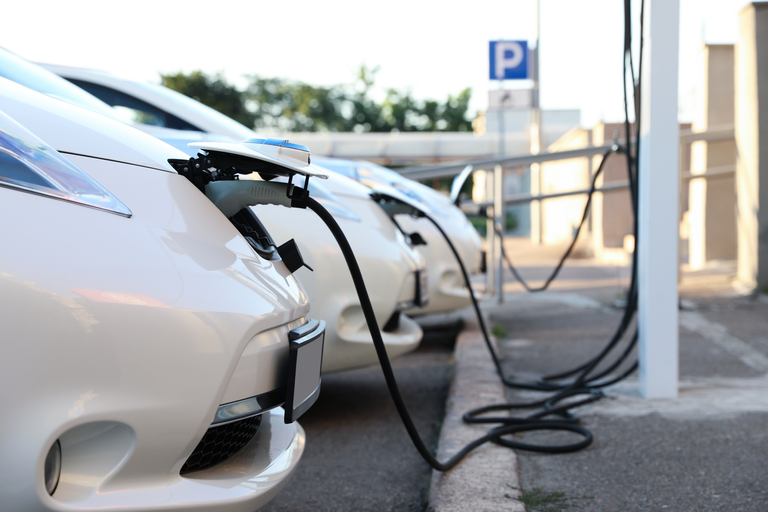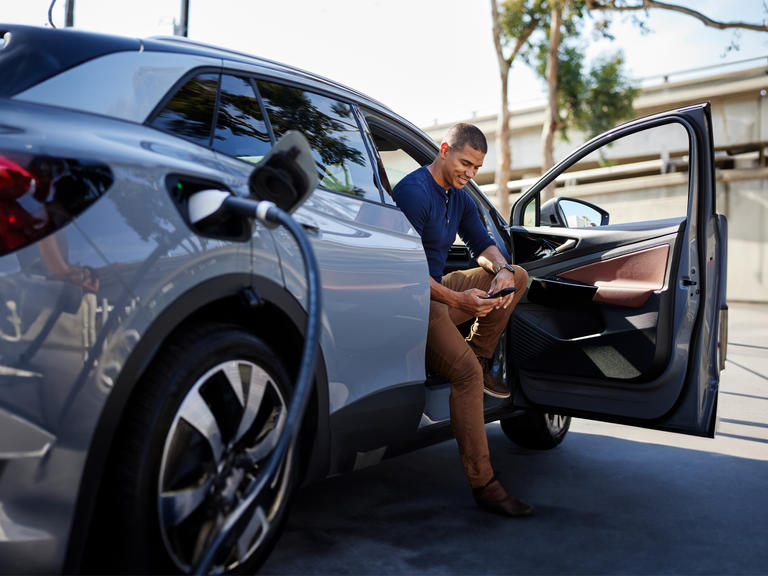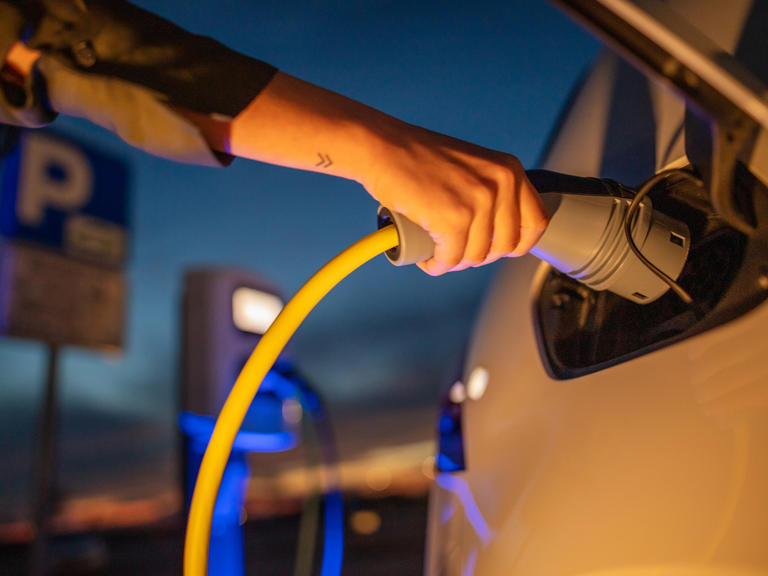Is fast charging defining EV adoption worldwide?

From Ethiopia's first fast chargers to China's expansive fast-charging network, will the global uptick in charging infrastructure lead to an increase in electric vehicles?
The rise in electric vehicle (EV) adoption signals a shift toward sustainable transport, driving the demand for robust charging infrastructure around the world.
However, merely increasing the number of charging stations isn't sufficient. Fast charging is crucial to alleviate range anxiety, allowing EV drivers more road time and confidence in their journeys.
Fast (just not furious)
Fast charging stations allow EV owners to recharge their vehicles rapidly, reducing downtime and making long trips more feasible. And they can create a domino effect. Addressing range anxiety through a better charging infrastructure and rapid charging technology plays a vital role in boosting EV adoption.
With this type of charger, drivers can juice up their electric vehicles in about the same amount of time it takes them to finish a smoothie, enabling more drivers to commit to longer routes without worrying about running out of power.

China charging ahead
In 2024, China solidified its position as a global frontrunner in electric vehicle fast charging infrastructure, boasting over 2.5 million public charging stations.
Remarkably, China's network accounts for more than 85% of the world's fast-charging facilities, reflecting its cutting-edge advancement in this sector.
The Asian superpower shows no signs of slowing down, with plans to expand this figure to 5 million by 2025, demonstrating a steadfast commitment to improving accessibility and convenience for EV users.
However, this rapid expansion comes with challenges, particularly in maintaining the quality and efficiency of services. Despite these hurdles, China's extensive network significantly reduces range anxiety, fostering greater public acceptance of electric vehicles.
Looking ahead, the ambitious scale of China's plans suggests that by 2035, other nations will need to multiply their existing public charging stations sixfold to match China's pace, underscoring China's leadership in the EV infrastructure race.
This is US
In the United States, this year's HERE-SBD EV Index highlights notable differences in EV adoption and infrastructure across America.
Delaware has surged from 15th to the top spot on the EV index with a score of 79.4, driven by rapid growth in EV sales, increased charger availability and higher charger power.
Positioned as a key waypoint between New York and Washington, D.C., Delaware benefits from federal grants for high-power chargers and offers substantial rebates to encourage EV adoption.
Meanwhile in Michigan, the "Wolverine State" dropped to 40th place on the EV index due to a decline in average charger power and a lower charger-to-EV ratio.
The U.S. has seen a 32% increase in charge points, making it easier to find a charger, though maintenance issues persist.
As the HERE-SBD EV Index was being prepared, as many as 20% of chargers in states like Alaska, West Virginia and Hawaii were out of order.

Euro-vision
Across the pond, Europe has increased its public EV charging capacity by 115%, surpassing the USA's 82% growth. What's more, 24 European countries have reached an adequate EV-to-public charger ratio, while only 4 US states have done the same.
Denmark has risen to the top of the 2023 HERE-SBD EV Index, reflecting its strong commitment to electrification after being hesitant just five years ago. The country now offers significant EV incentives, electricity rebates and an extensive charging network, helping it achieve a 21% market share in 2023.
Slipping from 1st to 2nd place this year, Norway remains a global leader in EV adoption, with nearly half of its vehicle fleet electrified and a shift from incentives to taxes on non-electric vehicles.
On the opposite end of the index, Hungary (26.67 EVs per charger) and Malta (23.33 EVs per charger) display both low infrastructure development and minimal market penetration, with the latter nation's market share at just 5% compared to Norway's leading numbers.

Amping up Africa
Ethiopia's electric vehicle (EV) charging infrastructure is taking significant strides with the inauguration of the country's first fast EV charging station by TotalEnergies in Addis Ababa.
This station marks a pivotal step in the nation's journey toward enhancing electric mobility. But it's not without challenges. High customs duties and regulatory hurdles are slowing progress.
Total Energies started an initiative that adapts existing filling stations into electric vehicle charging hubs, catering to the rising number of electric vehicle owners, The Reporter Ethiopia writes.
"Access to charging infrastructures is one of the major concerns in the development of electric mobility. This is precisely why we are pioneering investing in EV charging", said Christophe Ferrand, the Managing Director of TotalEnergies Marketing Ethiopia to Ethiopian Monitor.
The government is taking initiative too, with ambitious plans to establish over 2,200 charging stations within the next decade. Addis Ababa is planning to host more than half of them.

A global effort
While progress is evident in various regions, from China's expansive network to Europe's increased capacity and Ethiopia's pioneering efforts, each area faces its unique set of challenges.
However, the journey is far from complete. The success of this transition relies on overcoming obstacles such as maintenance issues, regulatory barriers, and infrastructure development. As nations continue to innovate and expand their EV networks, the commitment to improving charging accessibility will be vital in shaping the future of sustainable transportation.
Have your say
Sign up for our newsletter
Why sign up:
- Latest offers and discounts
- Tailored content delivered weekly
- Exclusive events
- One click to unsubscribe



